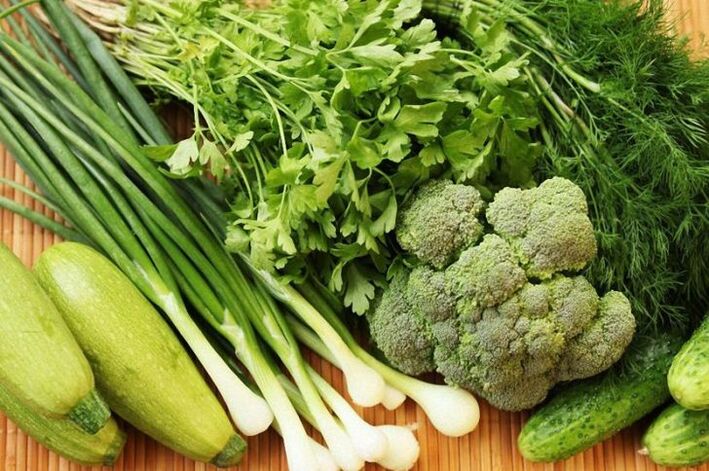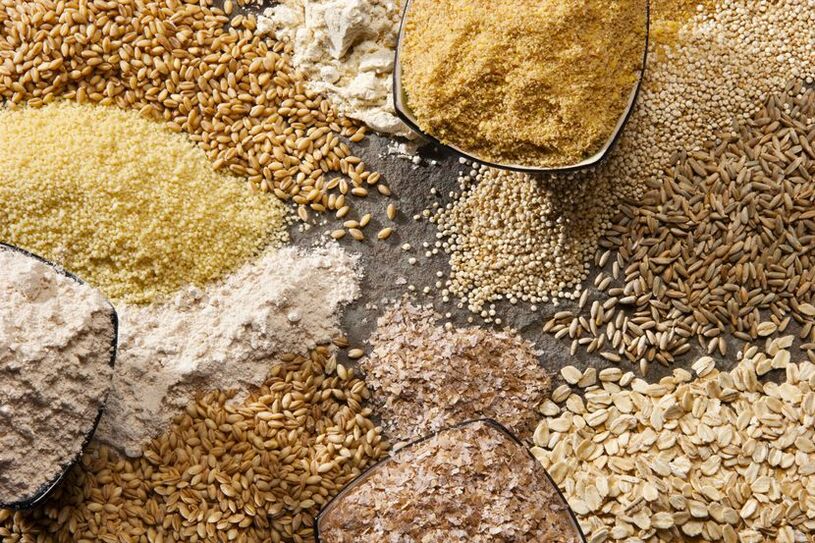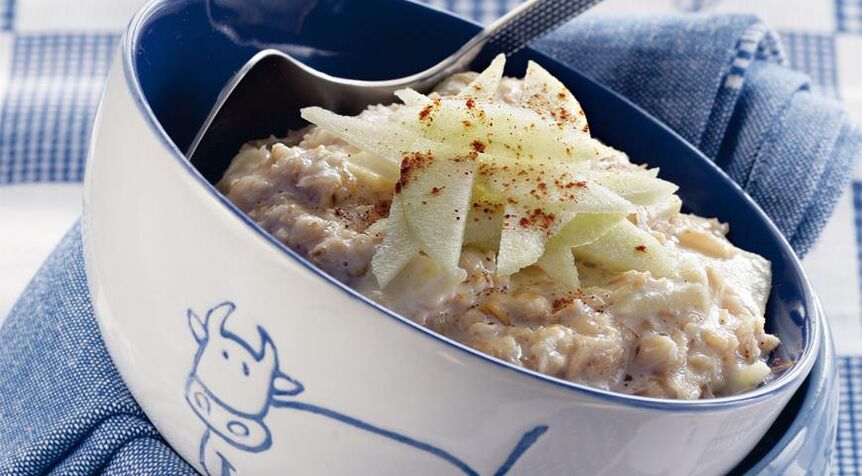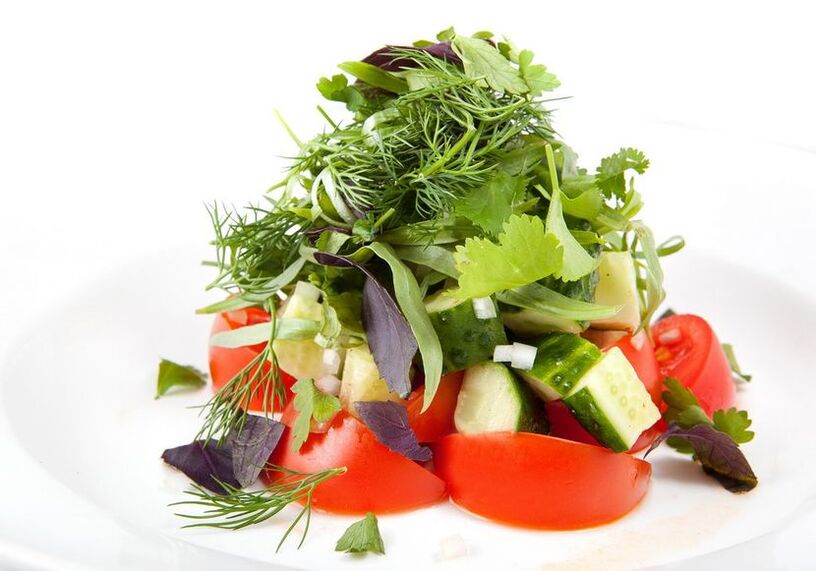
Allergy is considered a disease of our time, expressed in increased sensitivity to certain substances, products, materials. The most common types of allergies are: pollen, dust, food, medicine, pet dander, insect bites.
There are two ways to alleviate the condition of the body with an exacerbation of allergies: by taking medications or following a hypoallergenic diet. The diet will be equally effective regardless of the type and severity of allergies, whether sudden or chronic in the form of atopic dermatitis. Allergy is a serious ailment in the body and requires a visit to the doctor.
The hypoallergenic diet recommendations are only a small part of what you are allowed to do on your own.
Hypoallergenic diet menu
Adhering to such a diet, a person can eliminate foods that cause allergic reactions.
According to the research of nutritionists, all products were divided into three groups: low allergic, moderately allergic and highly allergic.
Allowed and healthy foods for allergies:
- all kinds of grains except corn,
- cracker,
- all kinds of dried fruit,
- unleavened dough products,
- vegetables and fruits that are green or yellow. These are asparagus, cucumbers, apples, cabbage, greens, yellow cherries, gooseberries, pears,
- compotes, jelly and green fruit jelly,
- Red meat,
- Dairy products,
- Butter.

Foods to be eaten with caution:
- orange or red fruits and vegetables, as well as jelly, juices and compotes from them,
- grenades,
- chicken and egg,
- Strawberry, Raspberry, Strawberry,
- fish and caviar,
- Hazelnut
- horse meat,
- melon,
- black and red currants.
Strictly prohibited foods for all types of allergies:
- all citrus fruits except lemons
- mushrooms,
- Milk,
- honey,
- candy shop,
- chocolate, coffee, cocoa,
- lamb, veal, turkey and rabbit meat,
- olive oil,
- any smoked meat,
- celery sorrel,
- smoked, canned, salted, pickled and spicy foods,
- alcohol.
Of course, you can not eat a kilo of cucumbers or apples at a time, which is allowed in the diet. Even an absolutely healthy body can react to such a load completely unexpectedly and can be expressed in the form of allergies. Everything should be in moderation. And the best solution to track the occurrence of a possible allergy would be fractional meals.

Sample menu of the hypoallergenic diet for 7 days
First day
- Breakfast: cottage cheese with the addition of sour cream and sugar, tea.
- Dinner: vegetable soup, a slice of boiled beef, green apple, kefir.
- Dinner: buckwheat porridge, boiled vegetables, jelly.
The second day
- Breakfast: Oatmeal with added butter and dried fruit, green or black tea to choose from.
- Dinner: vegetable soup, boiled pork, compote.
- Dinner: rice porridge, steam cutlet, yellow apple, kefir.
The third day
- Breakfast: cheese and butter sandwich, tea, yogurt.
- Dinner: vegetable broth, a slice of veal, compote.
- Dinner: mashed potatoes, roast pork, banana.
Fourth day
- Breakfast: boiled pasta with the addition of butter, tea, pear.
- Dinner: meat vegetable soup, dried fruit compote.
- Dinner: vegetable stew, apple, tea.
fifth day
- Breakfast: Dry biscuits with butter, tea, banana and pear salad with yogurt.
- Dinner: vegetable broth, steamed veal cutlet, banana, compote.
- Dinner: buckwheat porridge with boiled vegetables, tea.
sixth day
- Breakfast: cottage cheese casserole, tea.
- Dinner: vegetable broth, a slice of boiled veal, compote.
- Dinner: buckwheat porridge, yogurt, banana.
Seventh Day
- Breakfast: bread with butter and boiled meat, pears, tea.
- Dinner: vegetable soup, cutlet, banana, compote.
- Dinner: oatmeal, fresh vegetable salad with herbs, kefir.

Advice from professional nutritionists
Be sure to note that you must have soup for lunch every day for housing and communal services to function properly. The basis should always be based only on vegetable broth, since broth can cause allergic reactions.
As a snack, it is allowed to use cottage cheese, yogurt, fruits, vegetables, and tea can be drunk with the addition of lemon.
If you keep such food for at least a week, you will immediately feel an additional surge of strength. First of all, thanks to a healthy and balanced diet, the body will be able to purify itself from toxins and toxins. Secondly, by eliminating possible allergens from the diet as much as possible, it will become easier to monitor the dynamics of allergies and draw conclusions for yourself.
Adults can follow this diet for a maximum of three weeks, and children for a maximum of 9 days. If at the end of the diet it is noticed that the state of health improves, you need to gradually introduce previously prohibited foods. This should be done at three-day intervals for each new product, because the allergic reaction may not occur immediately. This diet is also called nonspecific.
In the absence of improvement, it is necessary to gradually exclude moderately allergic, and then low-allergic foods. You can limit the diet only under the supervision of a specialist. For a more accurate description of allergies, doctors are recommended to write down your diet in a diary and how the body reacts to each product.
You should eat, taking into account all the vitamin and mineral needs of the body. You can not overeat, because the extra particles of food are not digested, but only poison the body.
Foods rich in protein should be combined with vegetables, in this case the fiber they contain will prevent allergens from entering the bloodstream.
Such dietary food is suitable for absolutely all adults, children and even nursing mothers.















































































